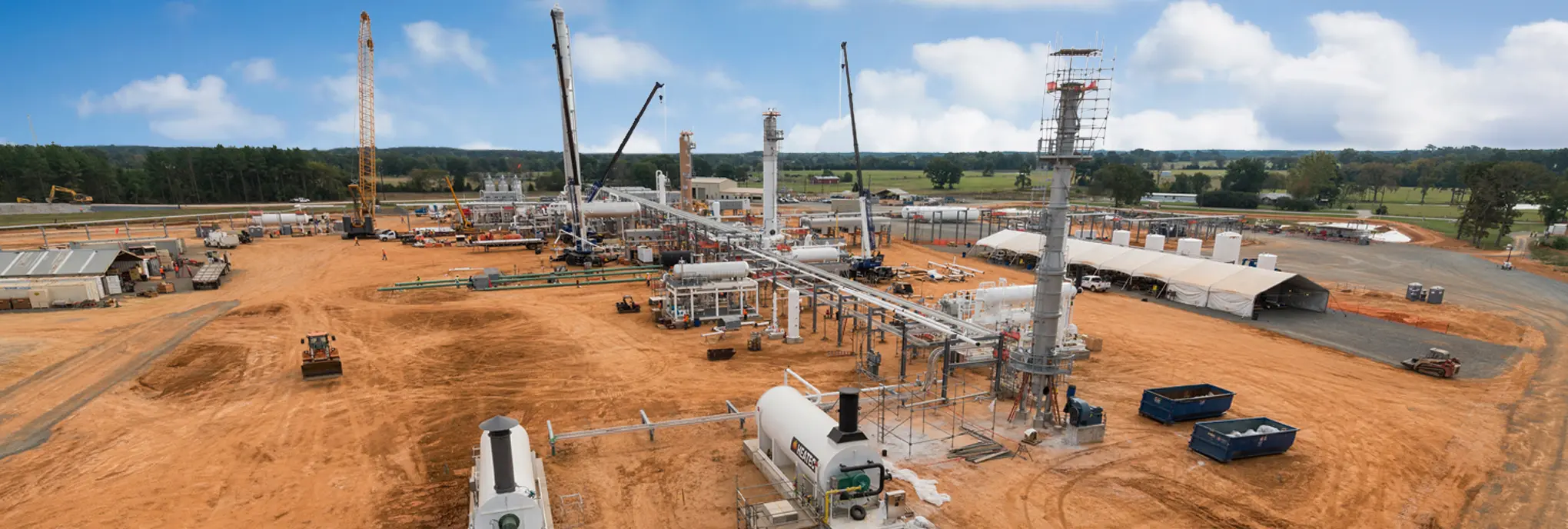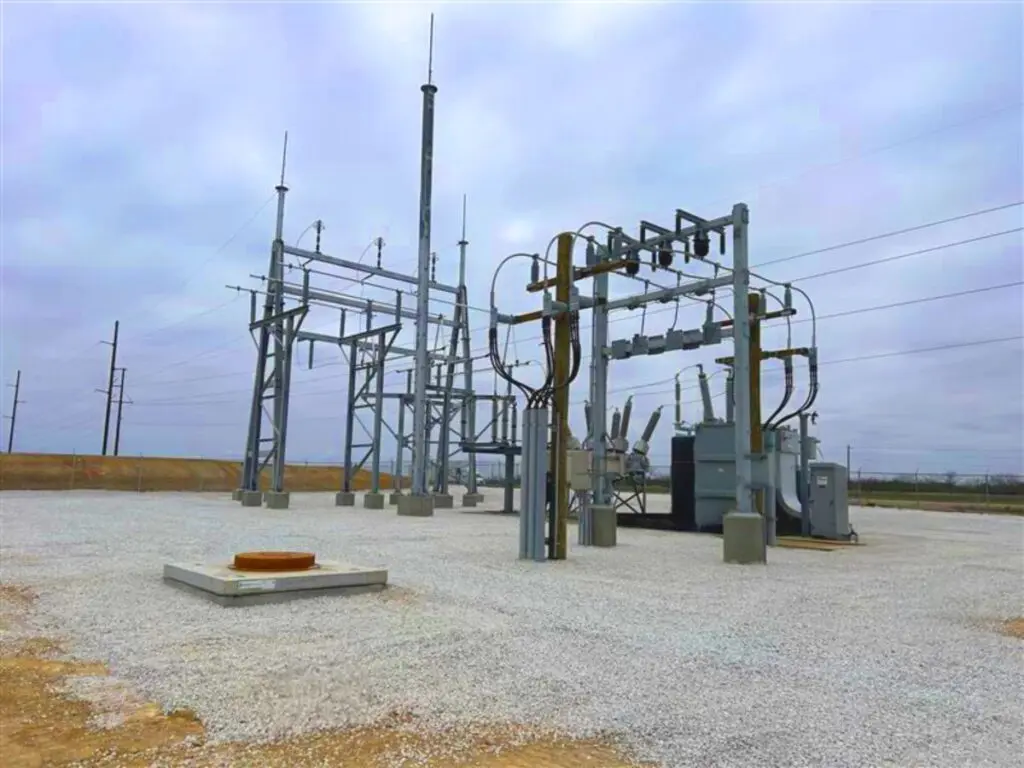

Want to share this article?
Smaller Shale Plays Turning Heads Across the U.S.
With booming shale formations such as Bakken, Eagle Ford, Barnett, Marcellus, and Utica getting most of the attention when it comes to domestic oil and gas production these days (and rightfully so), little has been heard about some of the smaller plays emerging across the heartland of the country.
Though it’s highly unlikely that any of these formations will even come close to matching the output of gas-rich regions in North Dakota, Texas, and Pennsylvania, their resemblance from a geological standpoint is turning the heads of some the biggest producers in the country.
A brief background on some of the most notable plays not named Bakken, Marcellus, Eagle Ford, Barnett, Permian, Niobrara or Utica is outlined below.
New Albany – Located in the Illinois Basin which spans throughout much of Illinois along with parts of Kentucky and Indiana, the New Albany Shale Formation covers approximately 60,000 square miles and reaches depths of as much as 5,000 feet. Recent reports released from the Energy Information Administration (EIA) estimate the volume of recoverable reserve in the play at over 10 trillion cubic feet of gas and 189 million barrels of oil; though many experts have indicated these figures could end up being much higher.
Fayetteville (Arkoma) – Though oil production from the Fayetteville Shale in Arkansas only just began in 2004, the region has gained a great deal of attention in recent years due its high degree of “frackability”. It’s now become a rather steady producer and with recoverable gas estimates at over 40 trillion cubic feet, it will likely play a key role in domestic production for many years to come.
Antrim – Spanning much of Michigan along with northern parts of Ohio and Indiana, the Antrium is a shale play that features unusually shallow wells (500 – 2000 feet) with producing lifespans as long as 20 years. Recoverable reserve estimates have varied from as low as 3 trillion cubic feet to 20 trillion cubic feet of gas.
Woodford – Like Fayetteville, production in the Woodford play in Oklahoma only began a short time ago in 2005. Since then the formation has gained a great deal of attention from top oil and gas producers. Estimates put recoverable reserves from the play at 16 trillion cubic feet of gas, 250 million barrels of liquid natural gas (NGL), and 400 million barrels of oil.












